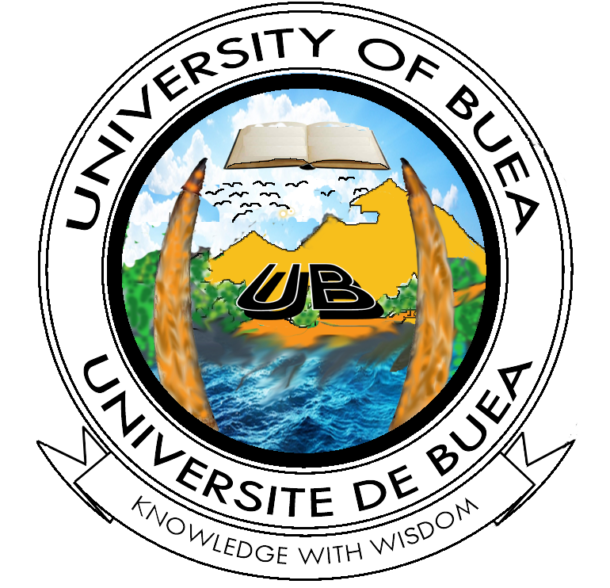| CSC206: Computer Architecture I | 6 credits (30-15-15) |
Objectives
To develop hardware design and implementation of computer systems and the various hardware components (CPU, Memory, etc.) are made, the logic/digital circuits used, and the overall coordination of the components used to produce a working machine.
Contents
Recall of computer structure and organisation; representation of information in memory; Processors: serial and parallel executions of instructions; classification of processors; Overviews of instructions and their execution/sequencing; n-address machines; addressing modes; Digital circuits: essential boolean algebra; Karnaugh maps; building/analysing: combinational circuits (e.g. encoders/[de-] multiplexes, ROM) and sequential circuits (e.g. flip-flops, counters); Circuit technologies: PLA, CMOS, etc.; Arithmetic circuits: adders (serial, parallel, etc.); Characteristics of memory (e.g. static/dynamic, destructive read, random access, capacity); pipeline processing; associative memory, cache memory; Peripheral devices: the various types; Mention input/output and communication: interfaces, 1/O bus and interface units; serial/parallel communications; alternative architectures e.g. data flow machines; RISC architectures; Introductory assembly language programming.
Prerequisite:
CSC203

